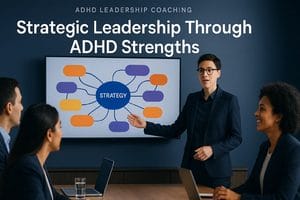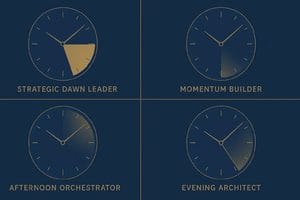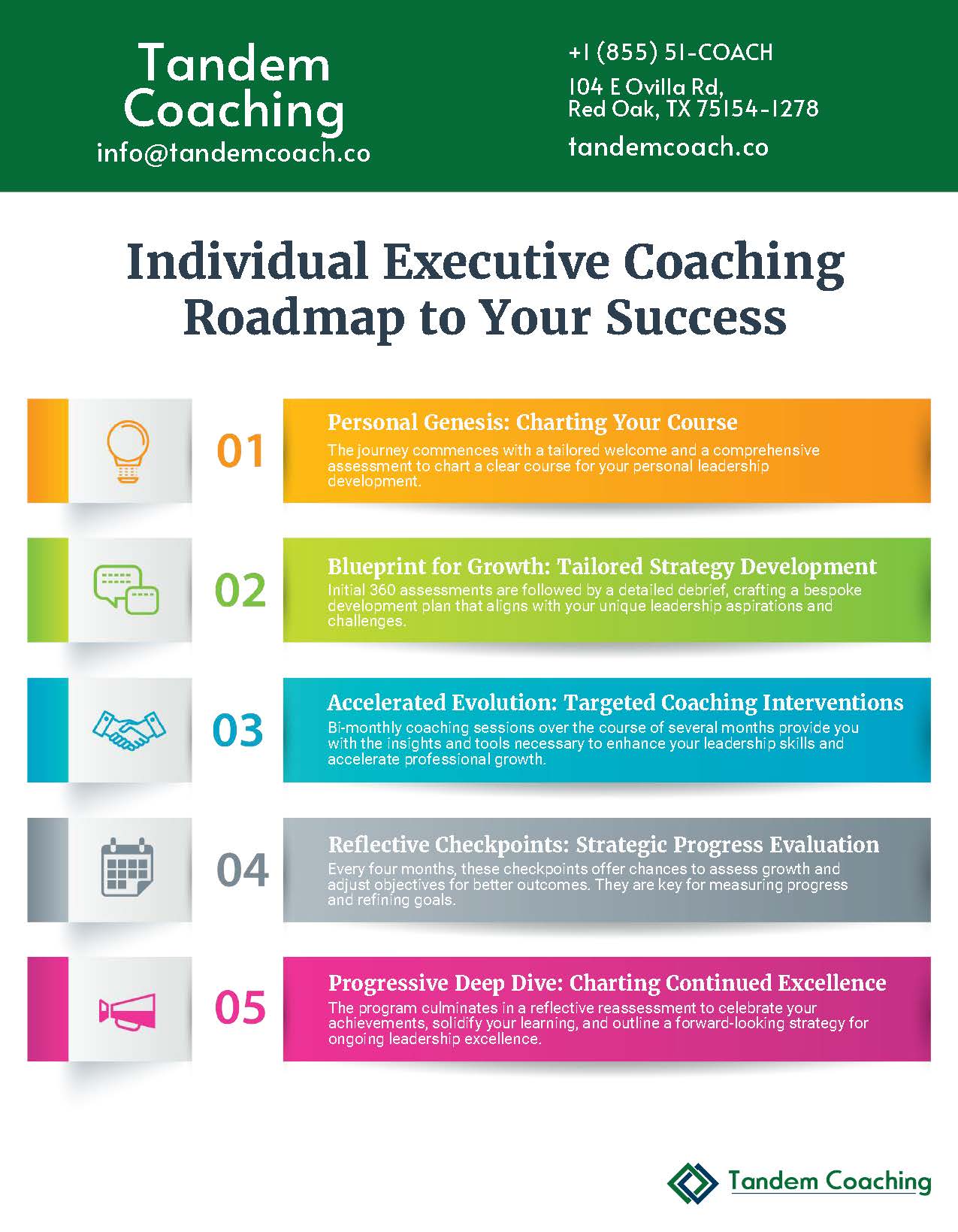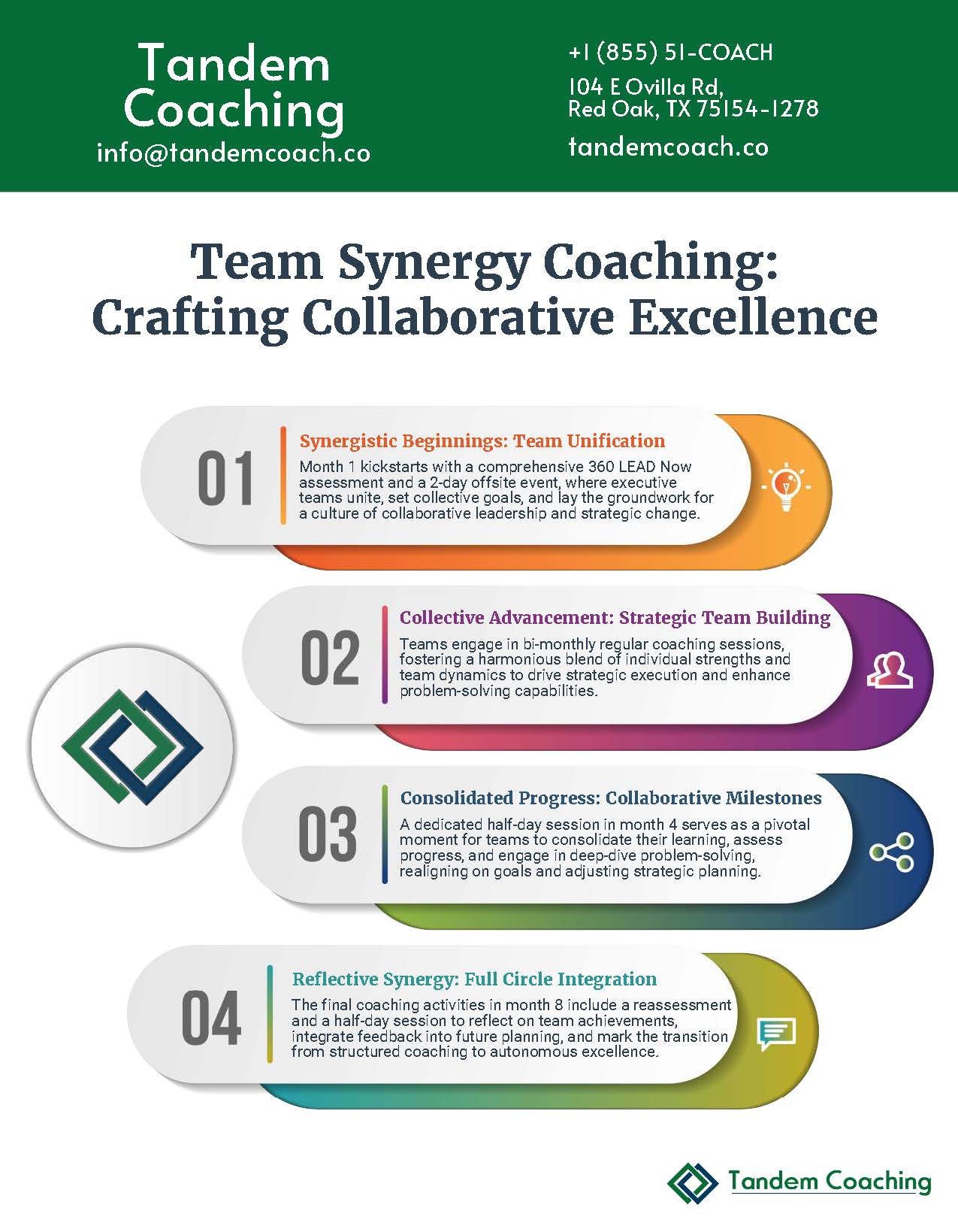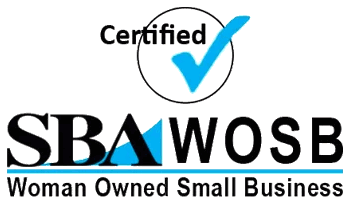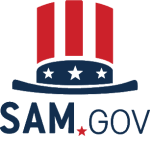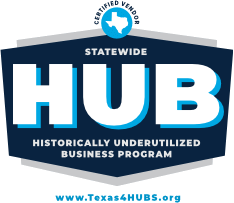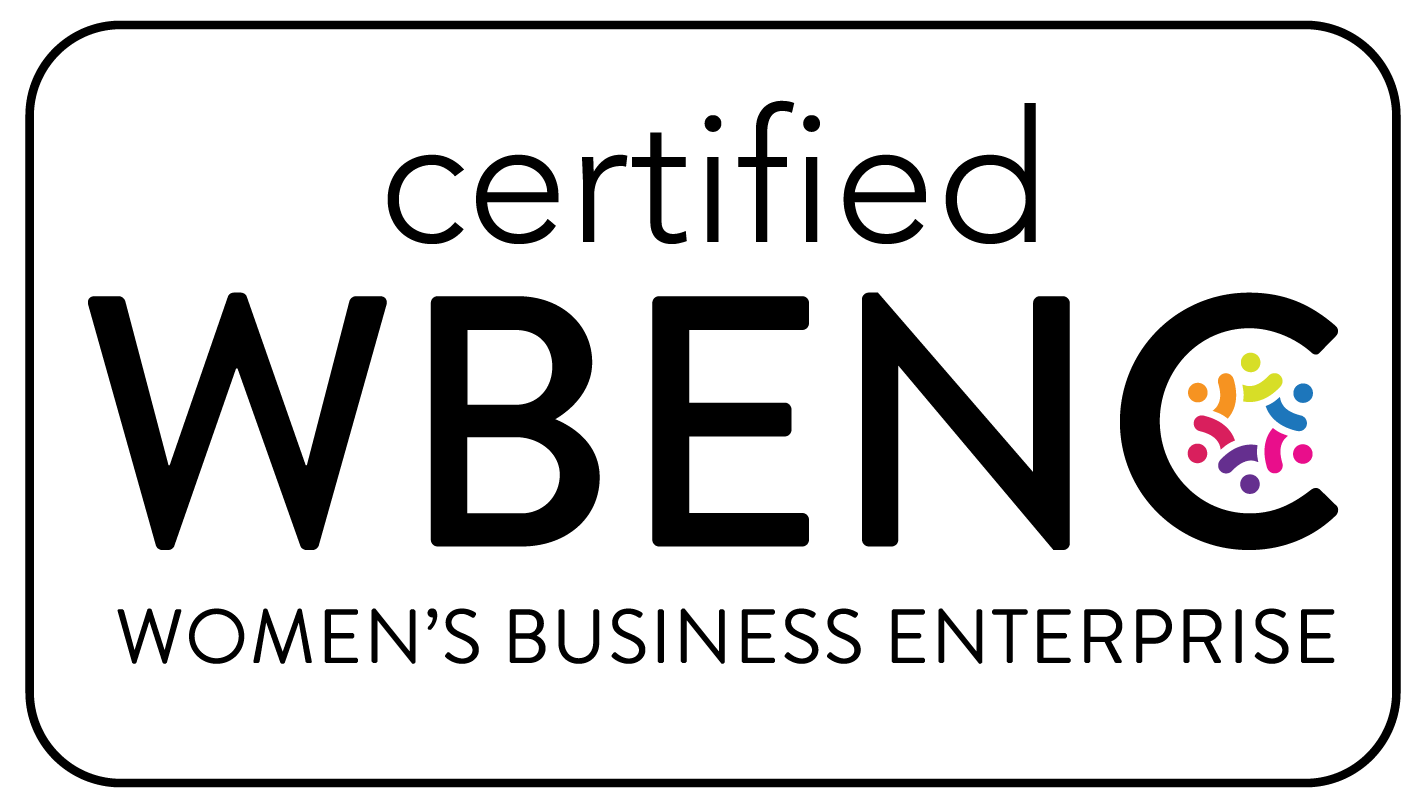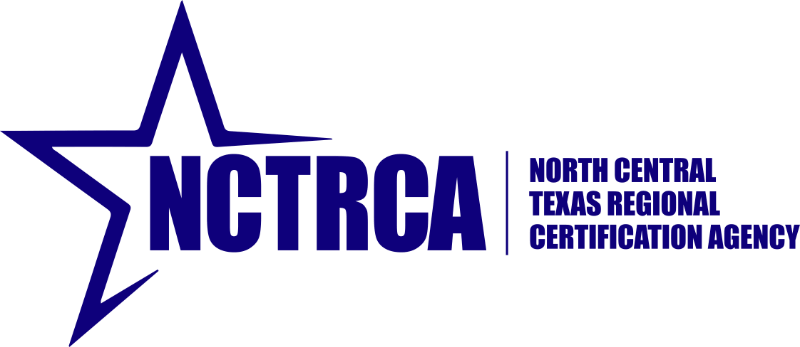Last month, a VP of Engineering showed me his productivity setup: seventeen different tools, three AI assistants, and a Zapier account with forty-seven active workflows. He was switching between apps forty-three times per day, losing five hours weekly to what I call “tool tax”—the hidden cost of managing the very systems meant to make him more productive. Sound familiar?
Here’s what I’ve learned after watching this pattern for years: we’ve all fallen into the same trap. We keep adding tools thinking the next one will finally solve our productivity challenges. Instead, we end up with digital chaos that makes everything harder. I remember when I had fourteen different apps just for “productivity”—and spent more time managing them than actually being productive.
The research backs up what we’re all feeling. Workers toggle between applications 1,200 times daily according to Harvard Business Review, spending nearly four hours weekly just reorienting themselves. That’s 9% of your work time lost to the very tools meant to save it. But you probably didn’t need a study to tell you that—you’re living it every day.
What I’ve discovered working with executives is that this isn’t really about finding better tools. It’s about understanding why we keep making the same expensive mistakes and learning how to build something that actually works. Let me share what I’ve seen work—and more importantly, what hasn’t.
The $50K Tool Trap (And Why We All Fall Into It)
I was working with Jennifer, a CFO at a healthcare company, when she discovered something shocking. Her organization was spending $847,000 annually on productivity tools—127 different subscriptions across departments. But here’s what really got her: the financial cost was nothing compared to what it was doing to her team.
Let me break down what’s actually happening when you have too many tools—because once you see it, you can’t unsee it.
First, there’s what I call the switching tax. Every time you jump from Slack to check a message, then to Asana to update a task, then to Notion to find that document, you’re not just losing seconds. You’re losing momentum. Research shows this can eat up to 40% of your productive time. I’ve watched brilliant executives become so fragmented they can’t complete a single deep-thinking task.
Then there’s the integration nightmare—and this one’s painful. Michael, a CEO I worked with, discovered his senior engineers were spending twelve hours weekly just moving data between systems. Twelve hours! At their compensation levels, that was roughly $50,000 per executive per year doing digital plumbing instead of strategic work. When he told me this, I wasn’t even surprised. I see it everywhere.
But the scariest part? What I call security chaos. One executive found board-level financials in a consumer note-taking app. Another discovered customer data in an unapproved AI tool someone was “testing.” These aren’t rare disasters—they’re what happens when everyone uses whatever tool they prefer.
Marcus learned this the hard way. His fintech startup had adopted what seemed like a smart philosophy: best tool for every job. Twenty-three applications later, they failed their SOC2 audit. The remediation didn’t just cost money—it delayed a critical partnership by six months. They lost their first-mover advantage. All because of tool chaos.
Here’s what nobody tells you: most executives would be more productive with fewer, better-integrated tools than with a perfect app for everything. But knowing that and actually fixing it? That’s where things get tricky.
Building Your Executive Tech Stack (Without Losing Your Mind)
After years of helping executives dig out from tool overwhelm, I’ve noticed something interesting. The ones who succeed don’t have the most sophisticated setups. They have the clearest thinking about what actually matters. Let me walk you through what actually works.
Your Foundation: Three Tools, No More
I know this sounds too simple, but stick with me. Your foundation needs exactly three things. First, one calendar system. Not Google for personal and Outlook for work and Calendly for external meetings. One. Pick your single source of truth for time and protect it like your life depends on it—because your sanity does.
Second, you need a task management system that matches how you actually think. Remember those cognitive contexts from your modified GTD system? Your task tool needs to support those, not fight them. Whether it’s Todoist, Things, or honestly, even a sophisticated spreadsheet—the best tool is the one you’ll actually use, not the one with the most features.
Third, your knowledge repository. This becomes your second brain where all your intellectual capital lives. Notion, Obsidian, OneNote—I don’t care which one, but it needs to be searchable, secure, and accessible everywhere. This is where your insights go to live, not die.
Your Communication Layer (Where Most of Us Fail)
Here’s where I see executives crumble. You don’t need Slack AND Teams AND Discord AND WhatsApp Business. You need one primary platform and clear boundaries about how to use it.
I watched David, a CTO, do something brilliant. He declared what he called “Slack bankruptcy.” Consolidated everything to one platform, created clear channels for different types of communication, and here’s the kicker—set actual boundaries. No notifications after 7 PM. No expectation of instant response. If it’s truly urgent, pick up the phone.
His team’s productivity increased by 34% in three months. Not despite the restrictions—because of them. They could finally think again.
Email isn’t going away, but it doesn’t have to own you. Tools like Superhuman or Spark can help, but I’ll tell you a secret: the solution isn’t technical. It’s behavioral. Batch processing, templates for common responses, and aggressive unsubscribing do more than any app upgrade. I cut my email time by 70% just by deciding most emails don’t need a response. Try it.
The AI Layer (Use It Without Losing Yourself)
I need to talk to you honestly about AI. It’s powerful, it’s seductive, and it’s dangerous if you’re not careful. The executives who win with AI use it for specific, repetitive tasks—not everything.
For writing and documentation, tools like ChatGPT or Claude can transform your rough notes into polished communications. I’ve seen executives save three hours weekly just on email drafting. But here’s my non-negotiable rule: never, ever put customer data, financial projections, or strategic plans into a consumer AI tool. I don’t care how convenient it seems.
For meetings, tools like Otter or Fireflies are game-changers. One executive told me, “For the first time in years, I can actually listen in meetings instead of frantically typing.” That’s worth its weight in gold.
If you’re technical, GitHub Copilot can help with code, but the real productivity gain? Using AI for the boring stuff—code reviews, documentation, test writing. Save your brain for the creative work.
Your Measurement Layer (The One Everyone Skips)
This is the layer that separates the professionals from the amateurs. You need to know what’s actually happening with your time, not what you think is happening.
RescueTime or Toggl can show you the truth, and the truth might hurt. One CEO discovered she was spending fourteen hours weekly in her project management tool—not managing projects, just checking on things. A simple morning dashboard replaced this nervous checking. She got back two hours every single day.
The Build vs Buy Decision (Let’s Get Real)
I’ve sat through countless meetings where teams convince themselves they need to build custom productivity tools. Let me save you time and heartache: you probably don’t.
Ask yourself honestly: Is your task management fundamentally different from every other executive’s? Is your note-taking revolutionary? Unless your productivity system is genuinely part of your competitive advantage—like a VC firm’s proprietary deal tracker—you should buy, not build.
Here’s my litmus test: Look at the tool’s API. Not because you’ll build complex integrations today, but because tools with good APIs respect that they’re part of an ecosystem. They play well with others. Notion, Airtable, Monday.com—they succeed partly because they understand they’re not the center of the universe.
Sarah, the CFO we talked about during the productivity audit, learned this after her IT team spent six months building the “perfect” task system. It worked exactly as designed—which meant it couldn’t adapt when needs changed. She switched to Asana in two weeks and never looked back. Sometimes buying off-the-shelf and configuring it well beats building something “perfect.”
When AI Helps and When It Hurts
Let me share something that might surprise you: I’ve seen AI make some executives less productive. They spend so much time prompting and checking and re-prompting that they could have just done the work themselves.
The secret to AI productivity isn’t using it for everything—it’s using it for the right things. Repetitive tasks? Perfect. First drafts? Great. Final strategic decisions? Absolutely not.
I use Claude to draft routine emails, then I add my personal touch. Saves me 90 minutes daily. But when I need to write something that really matters—like feedback for a struggling team member—that’s all me. AI can’t replace human judgment and emotional intelligence. Don’t let it try.
Here’s what worries me: I’m seeing executives become so dependent on AI that they’re losing their own voice. One CEO told me he couldn’t write an email without ChatGPT anymore. That’s not augmentation—that’s replacement. And it’s dangerous.
Set clear boundaries. Customer data never goes in. Financial information stays out. Strategic plans remain human-only. Use AI as a tool, not a crutch. Your ability to think and communicate clearly is your actual superpower—don’t outsource it.
Your Team’s Tool Reality (And How to Navigate It)
Your tool choices don’t just affect you—they cascade through your entire organization. When you adopt a new tool, you’re not just changing software. You’re changing how your entire team works. I’ve seen this go brilliantly and disastrously.
The balance between standardization and personal preference is delicate. Force everyone to use identical tools for everything, and you’ll kill morale and innovation. But let everyone choose their own, and you’ll have chaos and security nightmares.
What works is what I call “bounded flexibility.” Standardize the core—everyone uses the same project management and communication platforms. But allow personal choice at the edges—note-taking methods, time tracking preferences, personal productivity apps that don’t touch company data.
Marcus implemented this after his SOC2 disaster. He created three simple categories:
Required: Slack, Jira, Google Workspace (no exceptions)
Approved: Vetted tools for specific needs
Personal: Whatever you want, as long as company data stays out
His team felt respected rather than restricted. Productivity went up. Security risks went down. Everyone won.
Security and Compliance (The Career-Ending Stuff Nobody Talks About)
I need to be really direct here: SOC2, GDPR, and other compliance requirements aren’t suggestions. One data breach from an unapproved tool doesn’t just risk fines—it can end careers. I’ve seen it happen.
Here’s how I help executives think about security without getting overwhelmed. Ask five simple questions about every tool:
Where does the data live? If you don’t know, find out. Some industries legally require data to stay in specific countries.
Who can access what? If a tool doesn’t offer detailed permissions and single sign-on, it’s not ready for executive use. Period.
Can you prove what happened? Every action needs an audit trail. This isn’t paranoia—it’s protection. When something goes wrong, you need to show you were responsible.
Is the data encrypted? Both when it’s stored and when it’s moving between systems. This is non-negotiable.
Is the vendor secure? Are they SOC2 certified? Have they had breaches? Their security is your security. Choose partners, not just tools.
For larger organizations, tools like Vanta or Drata can automate compliance monitoring. Yes, they’re expensive. But they’re cheaper than explaining a breach to your board.
Making the Change Without Chaos
I know what you’re thinking: “This sounds great, but I can’t disrupt everything right now.” You don’t have to. Here’s how I help executives transform their tool chaos without stopping work.
Month One: Face Reality
Track everything for one week. Every tool you touch. Every switch you make. You’ll be shocked—most executives use 50% more tools than they think. One founder discovered he was using twenty-three different apps. He had no idea.
Calculate the real cost. Not just licenses—include the time lost switching, the integration headaches, the security risks. When you see the number, you’ll find the motivation to change.
But here’s the crucial part: document your workflows before changing anything. Where does information start? How does it flow? What actually breaks if you remove a tool? Jennifer discovered her biggest problem wasn’t the tools—it was that nobody knew how to use them properly.
Month Two: Design Your Future
Now design your ideal setup using the foundation I outlined. Make hard choices. You can’t keep every tool someone likes. That’s okay—you’re not running a democracy, you’re running a business.
Create your security requirements and evaluate everything against them. Anything that fails gets replaced. No exceptions, no matter who loves it.
Here’s a tip: identify “bridge tools” that help you migrate. These might be data exporters or temporary integrations. Plan their death from day one—they’re meant to help you cross over, not become permanent.
Month Three: Implement With Intelligence
Start with yourself. Model the change. Then bring in your direct reports, gather feedback, adjust. Finally, roll out broader. But communicate constantly about why you’re changing, what to expect, and what’s not changing. People resist less when they understand.
Build in relief valves. If someone’s genuinely stuck, have a rapid response process. Sometimes a small configuration change solves what seems like a fundamental problem. Be flexible on the details, firm on the direction.
The Hidden Psychology of Tool Addiction
Let me share something vulnerable: I used to be a tool addict. Every week brought a new app that would “finally” make me productive. I spent hours migrating data, learning features, customizing settings. It felt like productivity, but it was actually sophisticated procrastination.
I see this in executives all the time. The constant search for the perfect tool is often avoiding the actual work. It’s easier to organize your task manager than to tackle the difficult project. It’s more fun to try a new AI tool than to have that hard conversation with an underperforming team member.
The antidote is constraint. Set a tool budget—not just money, but time. Allocate two hours quarterly for tool evaluation. Outside that window, work with what you have. Perfect is the enemy of done, and the perfect tool doesn’t exist anyway.
Frequently Asked Questions
Should I go all-in on one ecosystem (Microsoft, Google, Apple) or mix best-in-class tools?
What I’ve seen work best is a primary ecosystem (usually Microsoft or Google for enterprises) with 2-3 carefully chosen specialist tools. The key isn’t brand loyalty—it’s integration quality. If your tools talk to each other smoothly, mixing is fine. If not, stick with one ecosystem even if individual tools aren’t perfect.
My team is rebelling against standardized tools. What do I do?
Rebellion usually means fear or feeling unheard. Include the biggest resisters in your evaluation process. Have them document what they love about their current tools, then find ways to replicate those benefits in your standardized stack. Sometimes allowing one personal tool (that doesn’t touch company data) makes all the difference. People need some autonomy.
What's the minimum viable AI integration for a non-technical executive?
Start with just one use case that saves real time. For most executives, that’s either meeting transcription (Otter or similar) or email drafting help (ChatGPT or Claude). Master one completely before adding another. AI is a tool, not a strategy—don’t let anyone convince you otherwise.
How often should I reevaluate my tool stack?
Annual comprehensive reviews work well, with a quick check-in mid-year for critical issues. Quarterly is too much—you’ll create change fatigue. The exception: security concerns require immediate action. If a tool has a breach, evaluate immediately.
My company mandates tools that don't work well. What can I do?
Document the productivity cost with specific examples. Track time lost, show the impact on deliverables, calculate the actual dollar cost. Most IT departments will listen to data from executives. If not, create workarounds that maintain security while improving your efficiency. Sometimes you feed required tools from your actual working tools.
Should I have different tool setups for different types of work?
No. The cognitive cost of switching between organizational systems destroys any benefit. Instead, use views, filters, and workspaces within your tools. Same tools, different configurations. Your brain will thank you.
How do I prevent tool creep after optimizing?
Make someone accountable for the total number of tools. Every new tool requires a business case, security review, and must replace something. When the count grows beyond your target, something gets eliminated. It’s like a closet—one in, one out.
What about tools my board or investors require?
These are constraints, not choices. Include them in your architecture but minimize their impact. Often you can feed information into required tools from your primary stack rather than working in them directly. Work where you’re productive, report where you’re required.
Your Path Forward
Here’s what I know after years of watching executives struggle with tool chaos: the solution isn’t more tools or better tools. It’s fewer tools used more intentionally.
You’ve already done the hard work. You’ve audited where your time really goes. You’ve built a task management system that works. You’ve even pushed through the difficult transformation period. Don’t let tool chaos undo all that progress.
Your next step is simple but not easy: audit your current tools this week. Count them. Calculate your tool tax. Face the reality of what this chaos is costing you—not just in money, but in focus, in energy, in the ability to do your best work.
Then design your four-layer architecture. Make the hard choices about what stays and what goes. Set up your security requirements. Plan your migration. But most importantly, commit to constraint. Fewer tools, better integration, clearer boundaries.
The path from seventeen tools to a focused stack isn’t just about efficiency. It’s about reclaiming your ability to think deeply, to minimize the constant context switching that fragments your attention. It’s about building a delegation framework that actually scales because your team has consistent tools to work with.
I’ve seen executives transform their effectiveness by simplifying their tools. They spend less time managing systems and more time leading. They’re less stressed and more strategic. Their teams are more autonomous because information flows clearly through consistent channels.
If you’re ready to escape the tool tax and build a productivity stack that actually serves you, I invite you to explore how our Executive Productivity Transformation program can help. We’ll assess your current tool chaos, design an architecture that amplifies your productivity, and guide you through implementation without disrupting your momentum.
Schedule a consultation to discuss your specific challenges. Because the best productivity tool isn’t an app—it’s the wisdom to choose wisely and the discipline to stick with your choices.
Your team is watching how you manage your tools. They’ll follow your lead. Show them what intentional, constrained, effective tool use looks like.
The choice is yours: continue paying the tool tax or build something that actually works. What will you choose?






